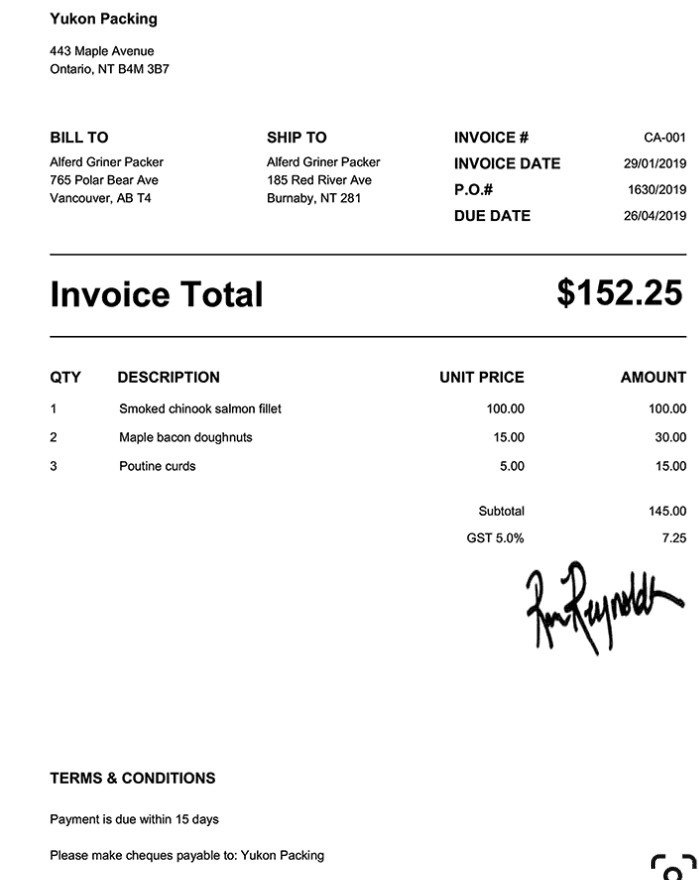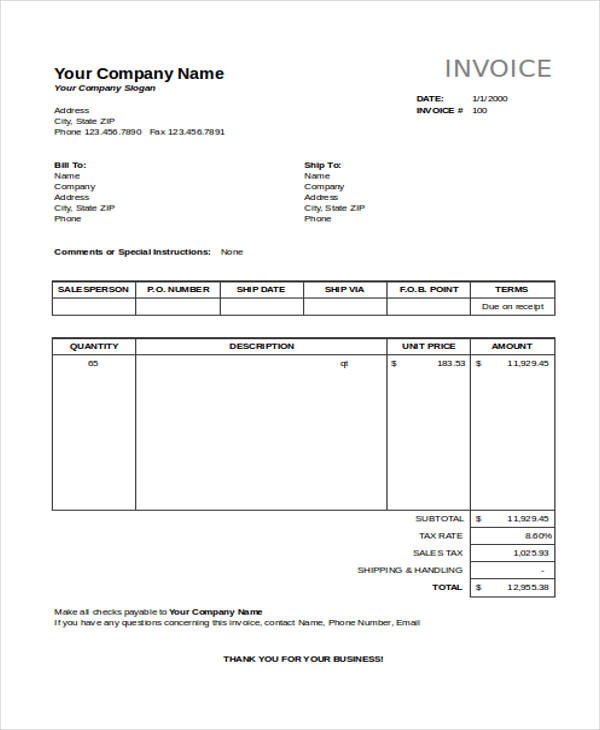
You can set prefixes on the Customers page in the Dashboard or with the API by using the invoice_prefix parameter.

You can override prefixes so that you can trace invoices back to your customers. The first invoice number for Typographic would be TYPGRA-0001, the second would be TYPGRA-0002 and so on. When you configure an invoice to use customer-level numbering, each invoice number begins with the customer’s unique invoice prefix.įor example, if one of your customers is a business named Typographic, you might set the prefix to TYPGRA. When switching between schemes or updating prefixes, only future invoices use the new settings. All other countries default to customer level sequencing because it doesn’t expose the total number of invoices. European Union member countries and the United Kingdom typically require account level sequencing. Stripe chooses a default behavior based on the country your Stripe account is based in. Sequentially across your account (account-level)-Uses the same prefix for every customer and assigns invoice numbers sequentially across your entire account. Sequentially for each customer (customer-level)-Uses a unique prefix for each customer and assigns invoice numbers sequentially for a given customer.


#Business invoices full#
(The full invoice number is always unique across your account in both schemes.) Stripe supports two invoice numbering schemes: Invoice numbers have a prefix and suffix, such as 586A2E-0139 or MYSHOP-1203. Stripe automatically generates invoice numbers to help track and reconcile invoices.


 0 kommentar(er)
0 kommentar(er)
